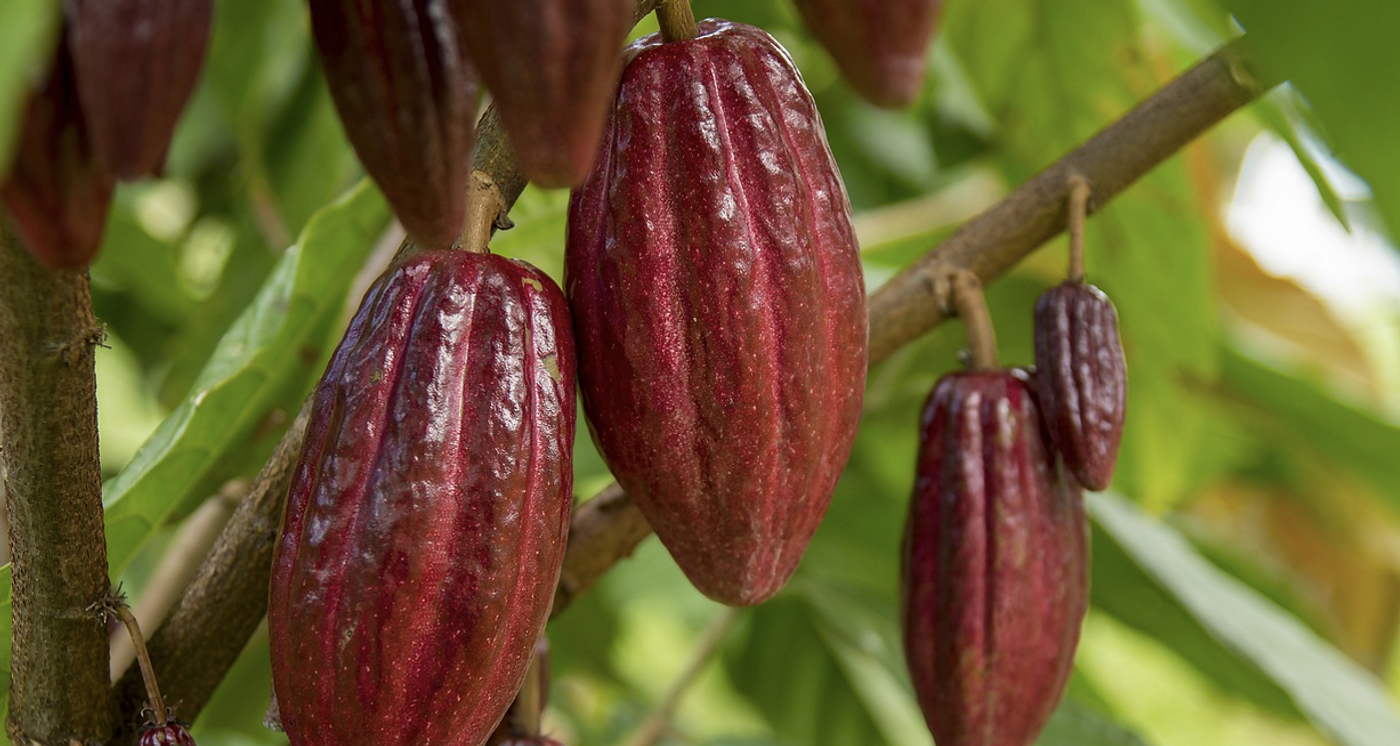Structural Variations in the Cacao Genome Reflect Local Adaptations
The genome is more than just its sequence; epigenetic features of DNA, like chemical tags that may be attached, or how it's organized and structured, can have a significant impact on gene expression in an organism. Researchers have now shown that while most cacao plants are genetically similar, the small amount of variation that does occur in their genomes can affect their DNA structure. This seems to account for at least some of the adaptations that cacao plants have made as they've been taken from where they originated - the Amazon Basin - to be grown in other parts of the world.
This work, which was reported in the Proceedings of the National Academy of Sciences, has been made possible in part by new technologies that can analyze variations in the genomic structure among plants at the population level.
“The genomes of different populations of cacao trees are 99.9 percent identical, but it’s the structural variants in that one-tenth of one percent of their genomes that accounts for the plant’s diversity in different regions and its adaptation to climate and various diseases,” explained Mark Guiltinan, a professor of plant molecular biology in Penn State’s College of Agricultural Sciences. “This study makes an association between structural variation and the ability of a plant to adapt to a local environment.”
In this research, scientists assessed the consequences of variations in the structural organization of the genomes of 31 different naturally-occurring populations of Theobroma cacao. This tree species is the original source of chocolate, but this work has shown that there are now at least 160,000 structural variants of this plant.
Most of the structural variants that were identified are not good for the cacao plant, and may have arisen because of lower rates of gene recombination over long periods, or these variants might be due to dysfunctional genes.
There were also structural variants that revealed some local adaptations as well, some of which resulted in changes in gene expression between plant populations. Some of these genes play a role in pathogen resistance.
This work has confirmed a wealth of previous research in other organisms that has indicated that structural variations in the genome can influence gene expression. It's also indicated that those variants may disrupt the function of some genes, such as by suppressing recombination, which can reduce diversity in the genome and make an organism more vulnerable to changes in the environment such as weather extremes, pests, or infections.
This research can also act as an important resource for scientists who study the genetics and breeding of a valuable plant, Guiltinan noted.
“All cacao comes from the Amazon basin; plants were collected a long time ago from the wild by collectors and they were cloned, so we have a permanent collection,” he said. “Their genomes have been sequenced, and that represents a huge amount of work and data. As a result of this study, we know that structural variation is important to the survival of the plant, to the evolution of the plant and especially to the adaptation of the plant to local conditions.”
Sources: Penn State, Proceedings of the National Academy of Sciences









